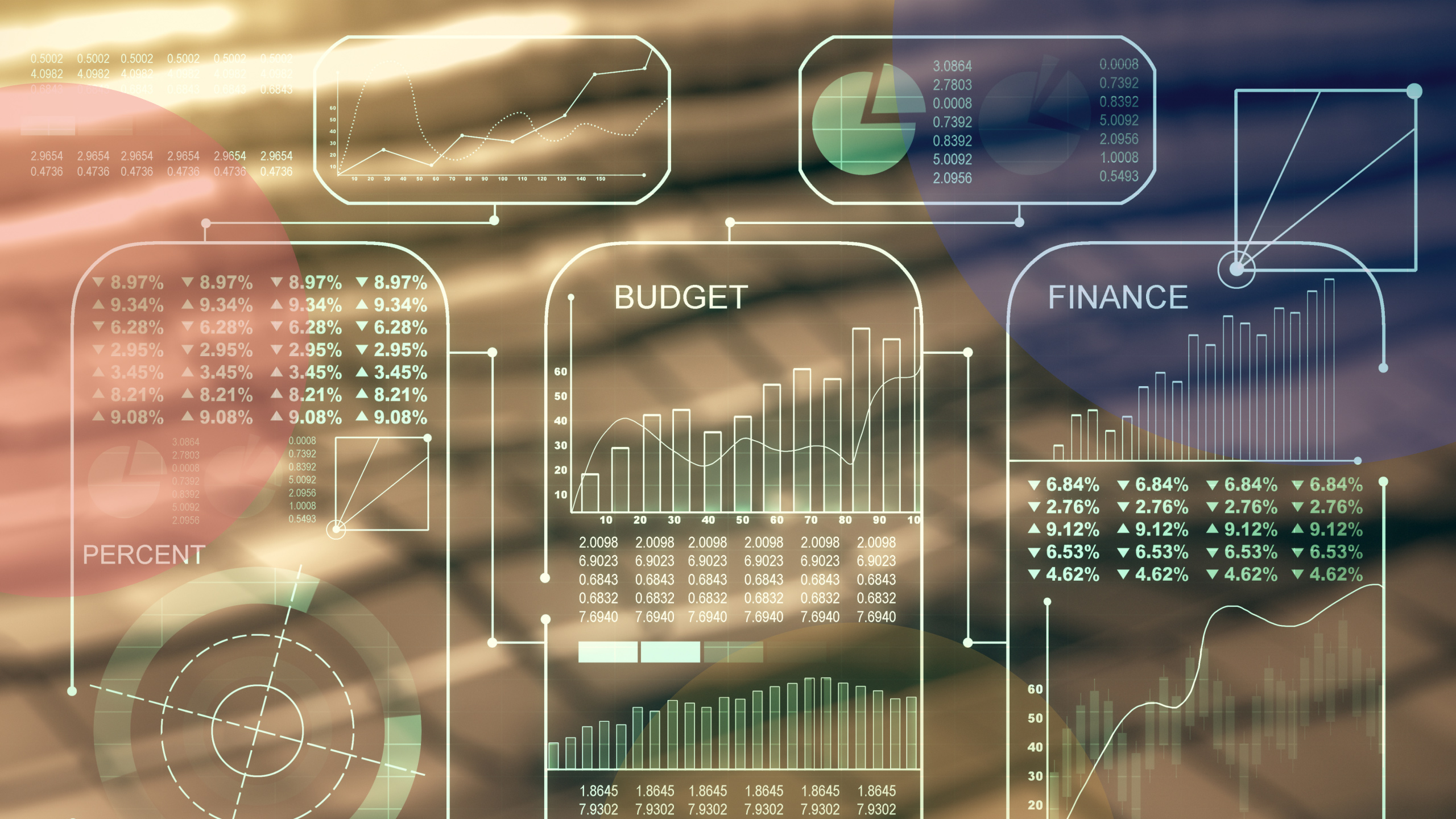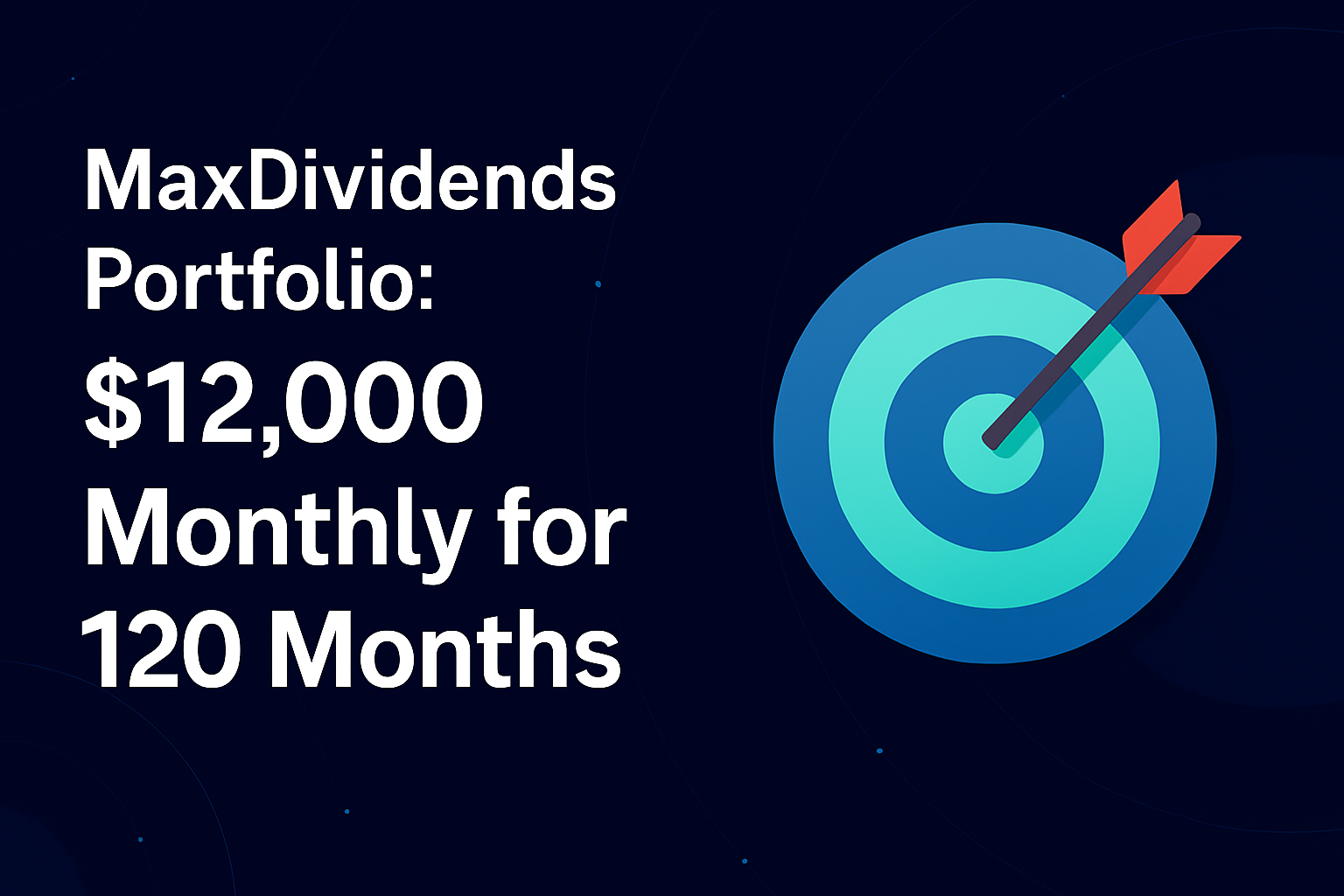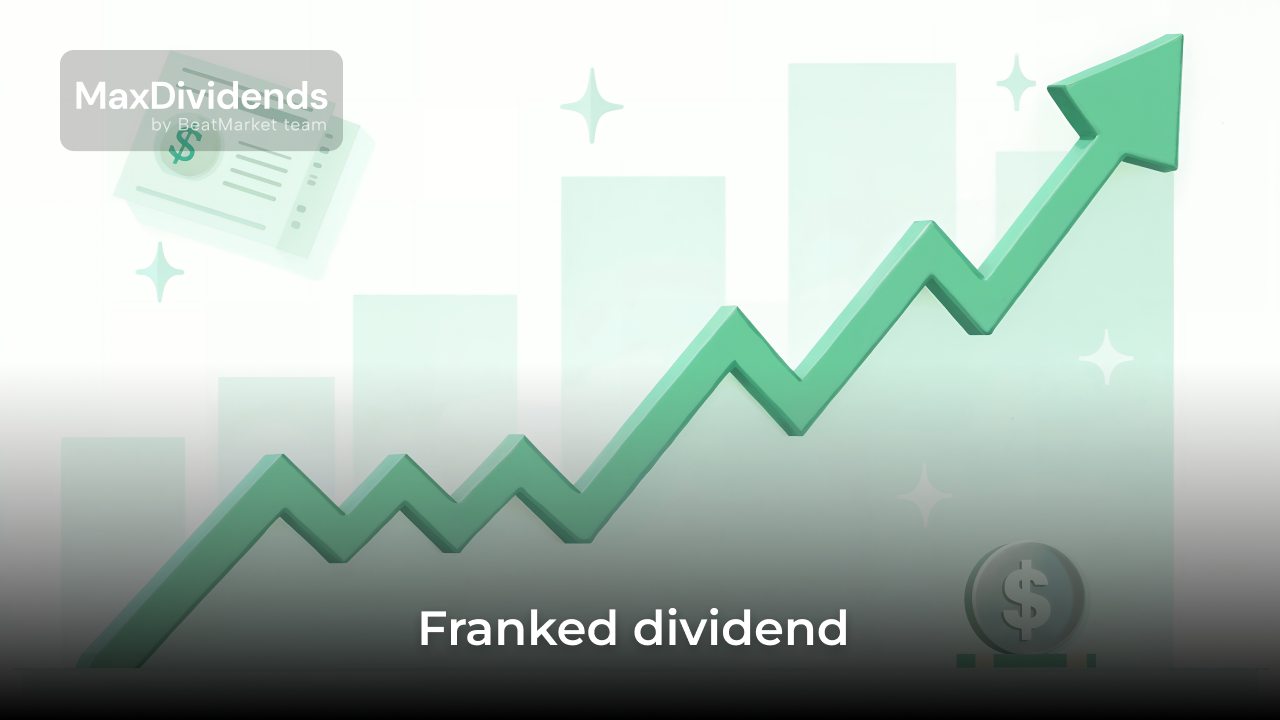Higher prices for goods and services negatively affect both the purchasing power of citizens and business. They slow down economic development and lead to decline in bonds on the stock market. Knowledge about how it affects various assets and financial advisor’s tips will help you prepare for inflation.
Thanks to the right actions, the investor is able to turn a difficult period into a time of opportunities to build up capital.
Table of Contents
What is inflation?
Inflation is a process that leads to a decrease in the purchasing power of money. It is because of it that today for $ 100 one can buy significantly less than 100 and even 20 years ago.
Such a process is an integral part of the existing financial system. Inflation is present in the economy most of the time, only its rate differs. Inflation rates can be tracked by a variety of indicators, the best known of which is the consumer price index. It is calculated by the Bureau of Labor Statistics based on the cost of 80 thousand goods and services.
The chart below shows the dynamics of annual inflation in the United States.
There are a number of factors that can lead to higher inflation:
- excessive growth of the money supply as a result of the desire of the Federal Reserve System to stimulate the productive sector of the economy;
- the increase in taxes on business, which inevitably affects the final cost of products;
- the weakening of the national currency and, as a result, the rise in the cost of imported equipment and raw materials used by local manufacturers;
- rising prices for natural resources due to cataclysms, political conflicts, etc.
Positive factors can also lead to an increase in inflationary pressure. For example, an increase in the welfare of the population and an increase in consumer demand, which production does not keep up with.
There is also a reverse process — deflation. Most often, it is the result of actions designed to beat inflation, or occurs as a result of a recession.
There is also such a thing as personal inflation. It reflects how much an individual’s expenses have increased.
When calculating the consumer price index, the weight of a particular product in the overall consumption structure is taken into account. But the financial life of a real person is different from the average one. Hence the difference between tangible and official inflation.
Food, gasoline and utilities typically rise in price faster than other material goods. Therefore, a person who spends most of the income on them loses more in quality of life than someone for whom these expenses were insignificant.
How does inflation affect interest rates?
During periods of higher inflation, the Federal Reserve usually raises interest rates. This does not happen immediately, but with a small delay necessary for the change in the growth rate of the goods and services cost to be reflected in the consumer price index.
The purpose of such a step is to reduce the rate of depreciation of money. The higher the interest rates, the more profitable it is to save rather than spend. There is also an increase in the cost of loans. It reduces purchasing power. Falling demand slows down price growth.
How Does Inflation Affect Your Asset Values?
Each investment instrument reacts to rising inflation in its own way. This is one of the factors that should be taken into account when compiling a diversified portfolio.
If there are reasons to expect rapidly rising prices, it makes sense to add assets to your investment strategy that serve as an inflation hedge.
1. Debt
The impact of high inflation on credit obligations depends on the type of rate of the existing loan.
If the loan agreement implies a fixed rate debt, payment terms do not change. The total amount that a person has to return to the lender remains the same.
If the contract implies a variable interest rate, this will lead to an increase in the financial burden on the borrower. Therefore, this type of lending should be avoided or used only during a period of low inflation and a reduction in rates.
2. Real Estate
High inflation primarily contributes to the growth of real estate prices:
- the rise in the cost of materials and the increase in other construction costs leads to the fact that the price of new houses increases;
- people seek to protect their capital by buying real property, such as apartments and commercial real estate for rent;
- people who do not have their own apartment and the means to buy it, it becomes unprofitable to take out a loan due to an increase in rates, and therefore increases the demand for rent and the amount of rent.
But if the period of rapidly rising prices and high rates drags on, effective demand in the real estate market falls. Because of this and the high cost of mortgage loans, the cost of houses may begin to stagnate and even decline.
3. Stocks
Periods of sharp rising prices are unfavorable for the stock market. First of all, this is due to the increase of profitability, and hence the attractiveness of bonds. Investors prefer to receive virtually guaranteed income on coupons with less reliable dividend payments.
Growth stocks, which usually do not pay dividends, are losing especially much in value. The reason for this is that the period of high interest rates is unfavorable for companies in the phase of active development and in need of credit.
Another negative factor that puts pressure on the stock price is the decreasing purchasing power of the population, which in turn leads to falling corporate profits.
During periods of higher inflation, only companies that manufacture goods that cannot be dispensed with in order to cash savings and pass on their increased costs to the final consumer can benefit.
But if we consider the prospect of decades, the situation is changing. Statistics from previous years show that the stock prices of large-cap companies grew faster than consumer prices. Therefore, in the case of a foreseeable investment future, for example, the creation of a pension portfolio, adding shares to it can be considered a way for inflation hedges.
4. Commodities and Collectibles
Rising interest rates have a positive effect on the price of alternative assets. These include oil, gas, etc. Investing in raw materials and metals is considered one of the ways of inflation hedges.
According to the data for the period from 2010 to 2020, luxury goods showed an increase in real value. Collectible whiskey has the top results (483%). But we should not forget that its purchase is associated with serious maintenance and storage costs.
5. Bonds
Different bond issues may differ from each other by a variety of criteria. When inflation rises, the so-called TIPS benefit. These are inflation indexed bonds. Their nominal value, and hence the amount of coupon payments are growing.
The situation is quite different for fixed rate bonds with an unchanged asset value. Their market value falls when the Federal Reserve rate rises. It may even become below par.
This is because new bond issues offer higher interest rates than old ones. Investors are no longer ready to buy existing bonds at the same price. Therefore, the market value of such securities falls so much that their purchase again becomes profitable in terms of average annual bond to maturity.
Another factor on which the behavior of the bond’s market price depends is the remaining maturity. Bonds with longer maturity are more vulnerable to the impact of inflation on value. Short-term issues become much cheaper when prices rise at a higher rate.
The chart below shows the dynamics of US bond bonds. It has to be clear that this indicator depends on market expectations more than on the values of the consumer price index. The latter fixes the fact that the cost of living has already increased, and investors are trying to work ahead of the curve.
6. Cryptocurrency
Bitcoin has its own anti-inflationary system. Its principle is that the number of tokens that can exist is limited. At the same time, some already mined bitcoins are irretrievably lost, due to the fact that crypto investors forgot the password to access the wallets on which the coins were stored.
Many other cryptocurrencies also have their own anti-inflationary schemes. For example, some of the existing tokens are periodically burnt.
But at the moment, cryptocurrency is not a global means of payment. It remains an investment asset, the price of which strongly depends on the economic situation and events on the stock market.
With an increase in inflation and interest rates, there is an outflow of capital from high-risk assets. So it is not a good time for cryptocurrency.
7. Gold
Gold is traditionally considered one of the best assets for periods of higher inflation. But opinions are increasingly expressed that precious metals are losing their protective function.
In the first decades of the XXI century, gold showed a much greater correlation with securities than it was during the XX century.
Despite this, investors who adhere to the classical strategy add them to the portfolio in the hope of preserving the purchasing power of their assets against the backdrop of rising prices.
How to Prepare for Inflation: 9 Expert Tips To Help You Save Money & Increase ROI
Below are expert tips concerning both consumer behavior and investment strategies.
The first and last of them tell how to act in periods of high inflation. The rest will help to prepare for inflation in advance.
1. Save More, Spend Less
If the consumer price index has already started to grow rapidly, it will be useful to reconsider your expense model. Saving money (for example, on visiting restaurants or paying for streaming services, choosing more budget brands of household chemicals, etc.) will help keep costs at the same level and moderate personal inflation.
It would be a good idea to increase the share of invested funds, while the market makes it possible to buy stocks and bonds at a more favorable price and open deposits at a high rate.
It is impractical to invest all the money in investment assets. In any period, it is necessary to have an emergency fund that is sufficient for 3-6 months of normal life. It will help in case of loss of work, health, etc.
But if inflation rises, keeping cash becomes as unprofitable as possible. Therefore, you should choose an asset that will allow you to maintain access to money and at the same time give interest income. A good option would be to place funds in a savings account.
2. Switch Your Existing Debt To A Fixed Rate
If a financial advisor has given investment advice to prepare for inflation, then the first step should be to transfer existing loans to a fixed rate. This will help to avoid an increase in interest payments.
It is useful to take every opportunity to minimize the interest rate on your loan. For example, you can try to refinance credit card debt through a cheaper consumer loan.
3. Stock Up On Essential Non-Perishable Goods
If a financial advisor warns that an increase in the rate of price growth is possible in the foreseeable future, then it will be useful to make all planned large purchases without waiting for a price increase.
To prepare for inflation, some people make stocks of non-perishable food, animal feed, household chemicals, etc.
This is how they invest their spare cash before it loses some of its purchasing power due to rising food and other commodity prices.
4. Build A Diversified Investment Portfolio
Building a diversified portfolio will help not only prepare for inflation, but also minimize drawdowns during periods of crises in the stock market.
Basic rules of portfolio diversification:
- The existence of assets that behave differently in each phase of the market cycle. In order to diversify the portfolio as much as possible by investment instruments, stocks, bonds, mutual funds securities, commodities, precious metals, etc. are added to it.
- Selection of securities in proportions that will ensure maximum profitability at the risk level set by the investor.
- Timely rebalancing as the value of assets changes. In addition, it is necessary to review your financial goals at least once a year to make sure that the selected distribution of investment instruments still meets them.
There are many strategies for building the most balanced and diverse portfolio. Risks can be diversified not only by types of investment instruments, but also by countries, industries, etc. Meanwhile, calculations in accordance with Markowitz’s theory and the advice of his followers will help to choose the optimal asset ratio.
5. Consider Inflation Proof Government Securities (TIPS)
Treasury inflation protected Securities (TIPS) are one of the types of securities issued by the US government.
The main purpose of investing in inflation indexed bonds is to protect one’s purchasing power.
The way an asset works is that as consumer prices rise, so does the value of that security. The rate at which the coupon is calculated remains unchanged. But due to the growth of the asset value of the bond, the absolute value of regular payments also increases.
During periods of moderate inflation, TIPS are not profitable. The interest income they bring is somewhat lower than that of a fixed asset value bond. And in times of deflation, the value of such securities falls.
The circulation period of TIPS can be 5.10 or 30 years, depending on the issue. On redemption, the investor will receive either the value that the bond had when it was issued or an inflation adjusted rate if it exceeds the original issue face value.
The disadvantage of TIPS is that they are tied to the consumer price index, which the Bureau of Labor Statistics updates once a month. This means that the increase in their profitability is somewhat behind the real growth rate of the cost of living. In addition, they are unable to compensate for the investor’s personal inflation.
6. Consider Investing in Alternative Assets
One way to prepare for inflation is to include commodities, precious metals, etc. in your portfolio.
It is possible to make money on exchange-traded commodities with the help of futures. But it requires experience and time. Moreover, during a period of falling prices, the trader incurs real losses rather than paper ones.
Many passive investors therefore favor exchange traded funds that use futures on a selected commodity or extractive company stock as net assets.
If we are talking about gold, then the alternative may be the purchase of bullion and coins.
But it should be taken into account that such investment instruments do not generate profits in the form of dividends or coupons. Also, alternative assets are characterized by high volatility. There is a risk that the investor’s inflation expectations will not be met, and the price of commodities will decline for a long time.
The chart below shows the dynamics of gold quotations since 1975.
7. Avoid Investing in Long-Term Fixed Income Securities
If a financial advisor warns that inflationary environments will worsen in the near future, it makes sense to reduce investments in bonds with a fixed interest rate and nominal value. First of all, this applies to issues with a long circulation period.
In any case, it would be advisable to stop increasing the number of these assets and direct money to purchase treasury inflation protected securities.
If expectations are met, the market will soon give an opportunity to buy fixed income bonds at a more favorable price.
8. Avoid Holding Excess Cash
Higher prices lead to the fact that less goods and services can be purchased for the same amount. Therefore, it makes no sense to keep cash, which only loses its purchasing power and does not generate profit.
Against the background of expectations of rising inflation, it is therefore useful to reduce the cash reserve, leaving only a minimum amount that serves as an emergency fund. And even these funds are better placed in a savings account, the terms of which do not imply penalties for early closure.
Since bank interest rates lag far behind the rising prices, this method of investing money cannot be considered an inflation hedge. It only helps to slow down the decline in the purchasing power of capital.
So it is advisable to contact a financial advisor and consider the following ways of investing available funds:
- early closure of loans, primarily with a variable interest rate;
- purchase of short-term bonds or TIPS;
- buying ETFs for gold, commodities and direct investments in bullion, real estate, etc.
9. Keep contributing to your 401(k)
In any economic situation, you should not give up long-term investments. If, against the background of rising inflation rate, the value of many assets has fallen, it is advisable not to leave the stock market, but to use this time to average the value of your portfolio.
Buying assets during a period of price drawdowns allows you to purchase more stocks and bonds for less. This means that the investor receives a greater return on his investments in the future.
In the short term, many investment instruments react to the acceleration of inflation by price drawdown. But over a long time horizon, investing in stocks and other risky assets is the only way to preserve the purchasing power of your capital.
Conclusion
Assets with high volatility (commodities, precious metals) and variable returns (TIPS) are primarily used for inflation hedge.
Quotes of investment instruments that provide fixed income fall with a sharp acceleration of growth rates. It is most profitable to build up a position in them at a time when it is expected that the rate of rise in prices will slow down.
One more crucial disadvantage is that many assets that can protect capital for a short period of time during periods of economic crises turn out to be unsuccessful on a long horizon and with low inflation rate.
You Might Also Like
- What Makes a Dividend Qualified? IRS Rules Explained
- Understanding Forward Dividend Yield: The Complete Guide
- High-Yield Dividend Aristocrats: Top Stocks for Consistent Income
- APY vs Dividend Rate: Which Matters More for Your Returns?





